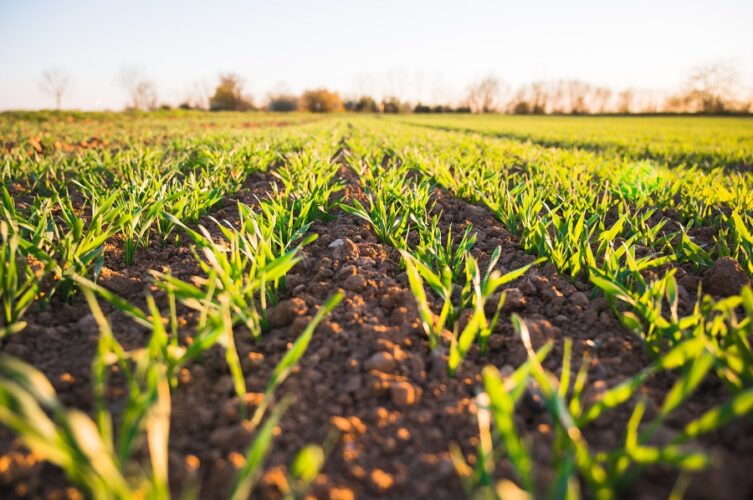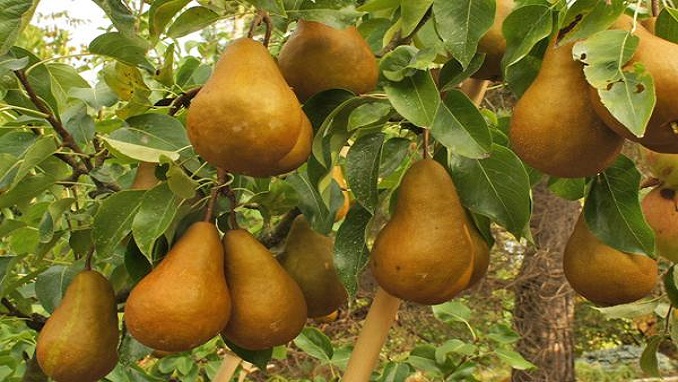Many aspects of the world economy were impacted by the Ukraine conflict. The decline in Russian oil and natural gas shipments to the West caused a chain reaction of fuel crises throughout the world, which has had a particularly severe impact on the energy markets. The food system, however, has also been negatively impacted by the war.
When a person lacks access to food that is sufficient in both quantity and quality to satisfy their biological needs, it is said that they are experiencing food insecurity.
Global food security may be directly impacted by supply chain disruption, increased input costs, and unfavorable weather, all of which have been factors in recent years.
We may examine global food insecurity using statistics from the UN’s Food and Agriculture Organization (FAO), and we can also talk about how rising energy costs might increase food prices, which will exacerbate global food insecurity.
According to the FAO’s most recent statistics, moderate or severe food insecurity affects 29.3% of the world’s population, with severe food insecurity affecting 40% of this group. Here is what it indicates according to FAO definitions:
- Uncertainty regarding their capacity to get food causes someone who is somewhat food insecure to unwittingly compromise the quantity and/or quality of food they eat.
- A person with extreme food insecurity does not have access to food and goes for extended periods of time without eating.
For example, the conflict between Russia and Ukraine significantly reduced European help to African nations, while grain shipments from both Russia and Ukraine decreased when Black Sea ports were disrupted. With Russia being the largest supplier of fertilizer, the conflict has also resulted in a disruption in fertilizer supply. In addition, the cost of farming inputs has significantly increased due to the 2022 oil price spike.
Due to rising energy costs and supply chain interruptions, food prices have increased significantly over the past year. Between 2021 and 2022, there was a 14.3% increase in the FAO food price index, which tracks changes in global prices for a variety of food products.
It’s noteworthy to note that according to the International Monetary Fund (IMF), the impacts of the energy cost issue may not even have been completely shown by 2022.
IMF’s analysis shows that a 1% rise in fertilizer costs can raise food commodity prices by 0.45% over the course of four quarters. The fact that natural gas, a key component of nitrogen-based fertilizer, would cost 150% more in 2022 than it did in 2021, may give rise to some anxiety in the following months.
In a similar fashion, the amount of produce harvested in the following seasons is correlated with fertilizer price increases. Reduced crop yields can occur from reduced fertilizer usage due to high costs, and the IMF projects an 8.5% increase in food commodity prices for every 1% decrease in world harvests, suggesting that the worst may yet be ahead for food prices and global food security.



